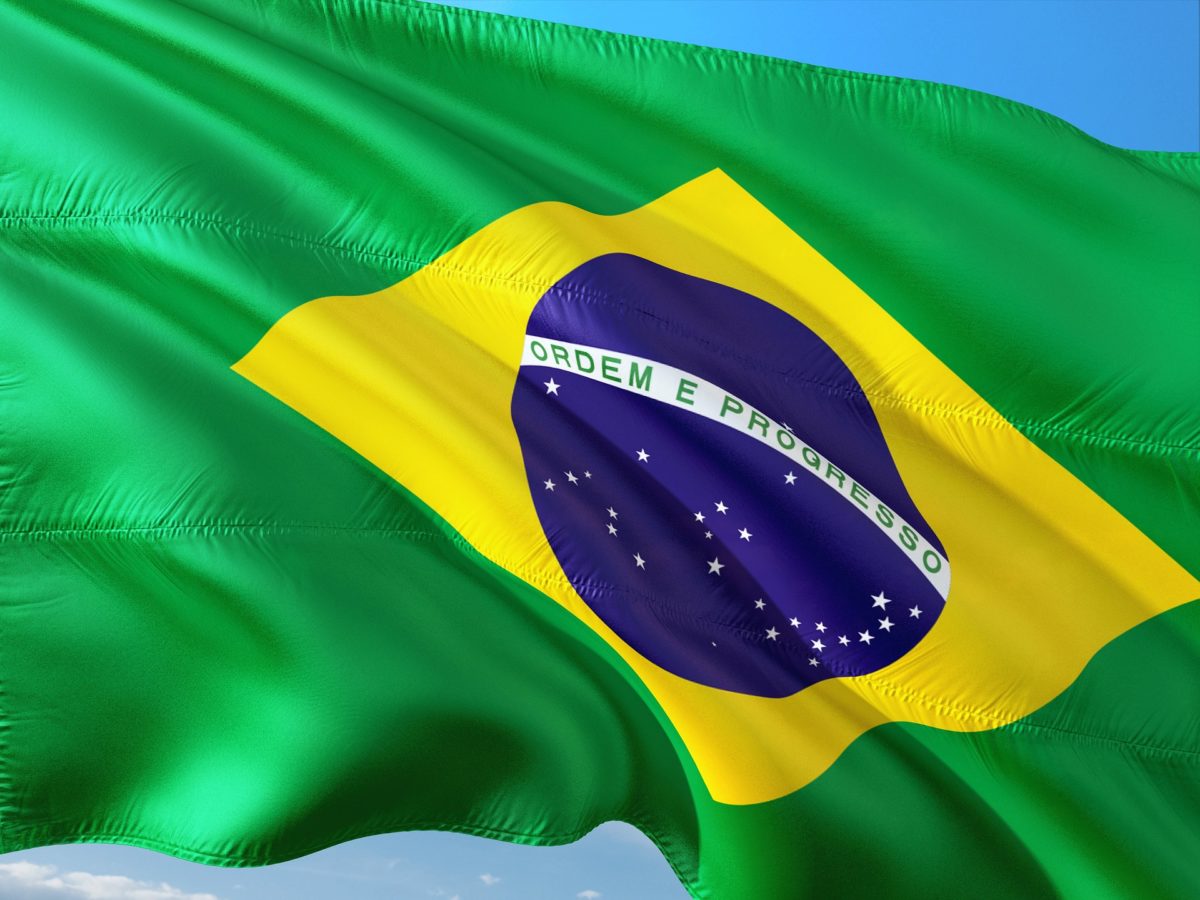With the rapid expansion in plans for electrolyzer production facilities worldwide set to drive down costs, U.S.-owned analyst WoodMackenzie has said Brazil and Chile are “amongst the front-runners” to harness affordable clean hydrogen this decade.
The Scotland-based data company, which is owned by New Jersey business Verisk, has examined the economics of green hydrogen – electrolyzed in a process powered by renewable electricity – in 24 markets and predicted it will be competitive with less sustainable forms of the energy carrier in half of those economies by 2030.
Solar and sustainability
Via the UP Initiative, pv magazine is diving deep into the topic of what it means to be truly sustainable in the solar industry; looking at what is already being done, and discussing areas for improvement. Quarterly themes have thus far covered the use of lead in solar, raw material sourcing for batteries, green finance, circular manufacturing, PV module recycling, agriPV, and workers’ rights. Contact up@pv-magazine.com to learn more.
WoodMac today pointed to plans for large scale electrolyzer manufacturing facilities which have been announced “in recent weeks” by U.S. company Ohmium, English business Clean Power Hydrogen, Danish outfit Green Hydrogen Systems, German manufacturer Sunfire, and Australian player Fortescue Future Industries.
With similar plans having already been made by U.S. automotive business Cummins, Denmark's Haldor Topsoe, Sheffield-based ITM Power, Oslo's Nel Hydrogen, French entity McPhy, German brands Siemens and Thyssenkrupp, and New York-based Plug Power, WoodMac said economies of scale, as well as automated production and modularity will drive a “significant drop” in the cost of electrolyzers by 2025.
The scale of electrolyzer production planned, according to WoodMac, is such that a business segment able to produce only 200 MW of electrolyzer capacity per year, until 2019, had leapt in scale to 6.3 GW by the summer, with plans for 1.3 GW of production lines announced in January to March alone.
Popular content
With alkaline and polymer electrolyzer membrane costs set to fall 35-50% by 2025, according to today's note from WoodMac, and solid oxide electrolyzer technology to get even cheaper, a combination of hydrogen demand and cheap-renewable-energy generation capacity will dictate where the world's green hydrogen pioneer markets will occur. That equation puts Brazil and Chile in the spotlight, according to the analyst.
WoodMac has analyzed the costs of renewables-driven hydrogen against grey, brown and blue versions of the energy carrier, powered by natural gas, lignite coal and gas-plus-carbon-capture, respectively.
While the analyst noted a huge expansion in planned hydrogen-linked, carbon capture projects, which is likely to bolster advances in blue hydrogen, it added, the recent rise in global commodity prices has harmed the economics of fossil-fuel powered hydrogen production versus its green equivalent.
This content is protected by copyright and may not be reused. If you want to cooperate with us and would like to reuse some of our content, please contact: editors@pv-magazine.com.



1 comment
By submitting this form you agree to pv magazine using your data for the purposes of publishing your comment.
Your personal data will only be disclosed or otherwise transmitted to third parties for the purposes of spam filtering or if this is necessary for technical maintenance of the website. Any other transfer to third parties will not take place unless this is justified on the basis of applicable data protection regulations or if pv magazine is legally obliged to do so.
You may revoke this consent at any time with effect for the future, in which case your personal data will be deleted immediately. Otherwise, your data will be deleted if pv magazine has processed your request or the purpose of data storage is fulfilled.
Further information on data privacy can be found in our Data Protection Policy.